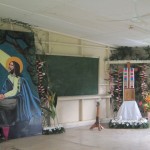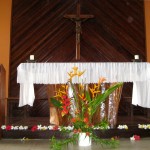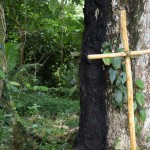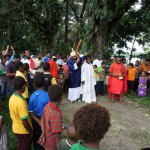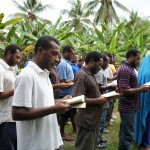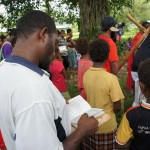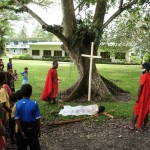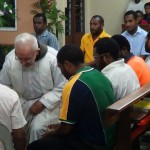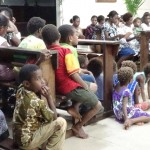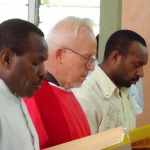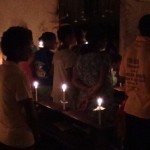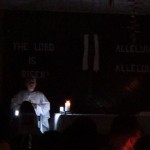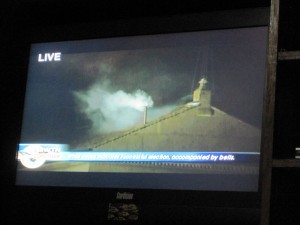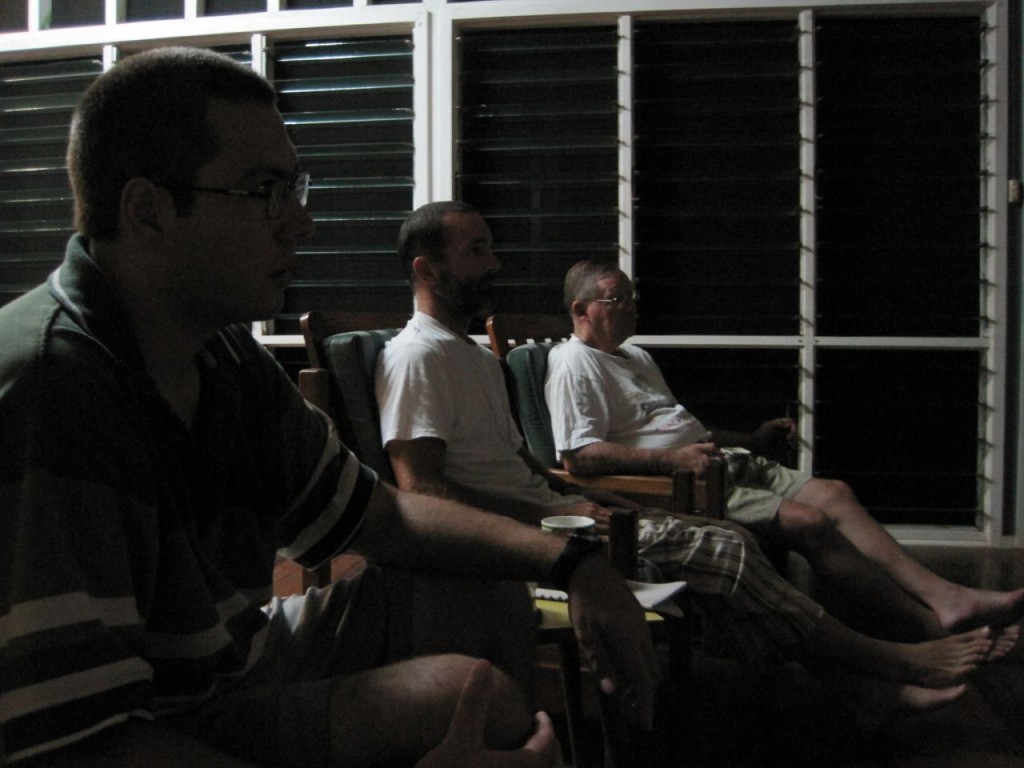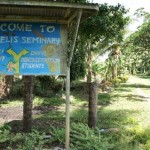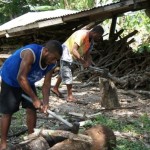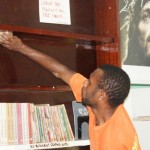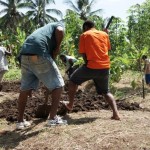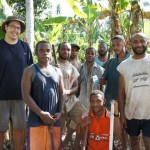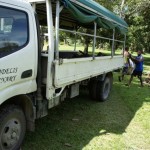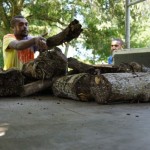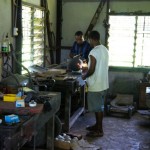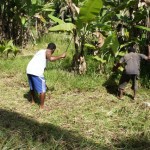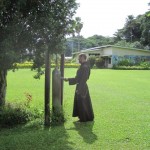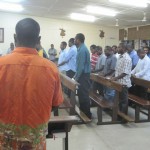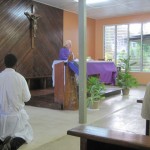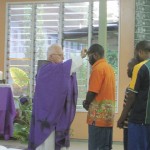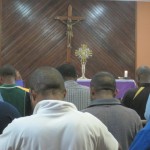I’m teaching seminarians! Me! (Gulp!)
What an enormous responsibility this is. I don’t know if any of these men will ultimately be ordained to the priesthood but if some are, I will have had a tiny part in their journey. It seems so weird to be called to this after all the other things that I’ve done, but here I am.
I’m sure most of them will little remember me when they reach the point of ordination, many more important instructors will have come their way by then, but still, to know that I had a part is incredible to think about.
These men have a very long way to go. Right now, they all have a basic Grade 12 education, which in PNG, can vary quite widely in quality and content. For most, English is a third language and not the one that they prefer to use. All will have learned their village language first, along with Tok Pisin (Pidgin). English would have come into their school curriculum about the 4th grade.
Neither Pidgin nor their village language is suitable for their future studies in philosophy or theology, so they must build their English reading, writing and comprehension skills to a workable level if they have any hope of progressing in the seminary program.
This is where St. Fidelis comes into the picture.
The 2-year Propaedeutic Program is designed with two main goals: building up their English skills enough to move along in seminary program, and to catechize them more properly in the faith of the Church.
The students arrive at St. Fidelis from really varied backgrounds. Some of them are exploring their vocations to the priesthood with very little actual knowledge of the faith to work from. In some cases, knowledge of the faith is almost non-existent or downright wrong.
If you read my previous post “Classes Begin,” you may have noted the rigorous daily schedule that the students follow. The curriculum of classes that goes with that schedule is also pretty strenuous given the situation.
Each week, the Propaedeutic students attend the following:
- 13 hours of English grammar, writing and reading
- 2 hours of Bible Instruction
- 2 hours of Church History
- 2 hours of religious education using a Melanesian Catechism
- 2 hours of religious education using the Baltimore Catechism
- 2 hours of religious education using “I Believe – A Shorter Catholic Catechism”, by Aid To The Church In Need
- 2 hours of religious education using the YouCat Catechism
- 2 hours of general religious education using a series of books entitled “Call to Faith”
I teach the last two classes on that list and help guide some of the reading exercises.
A great deal of English and a great deal of Catechism. This is specifically what the bishops of PNG asked for, to prepare their seminarians for the next phase of their education, philosophy.
Why so many different catechisms you ask? Repetition of the same concepts and information, but from different types of catechisms, one designed for their culture, one designed for young adults, an old-school yet proven one, etc., is desired so they can quickly learn what they’ve missed, fill in the gaps, correct any misconceptions and gain some skills for processing a lot of information.
Tenets of the faith are bound to stick, one way or another.
It makes teaching interesting because when you ask a question, you may not get the answer back the same way you taught it. Hopefully, we won’t confuse or contradict each other.
What I struggle with is finding the right level at which to teach. Ideally, I would like to teach at a college freshman level. However, at least for the guys in this first year of the Propaedeutic Program, I have to aim at something that’s more like a junior in high school.
This is a good lesson for me too. I have to reflect seriously on each lesson I give and try to strike just the right level. Some of the men are really trying their best to do well and to learn all the information that’s coming from the fire hose pointed at them. Some are struggling, not at all accustomed to the lifestyle or what is expected of them academically.
The second year of the Propaedeutic Program, which we hope all will progress to next year, will have even tougher classes including more English, Salvation History, Apologetics, more Church History, more Catechism, a priesthood class, and other classes still to be determined.
We’ve just finished the first three weeks of teaching, so the first round of tests is coming up soon. I guess we’ll see how successful we’ve been when those are graded.
The school operates on a trimester schedule. The first term will end on April 27th with a two week break following. We’re all going to need it.













